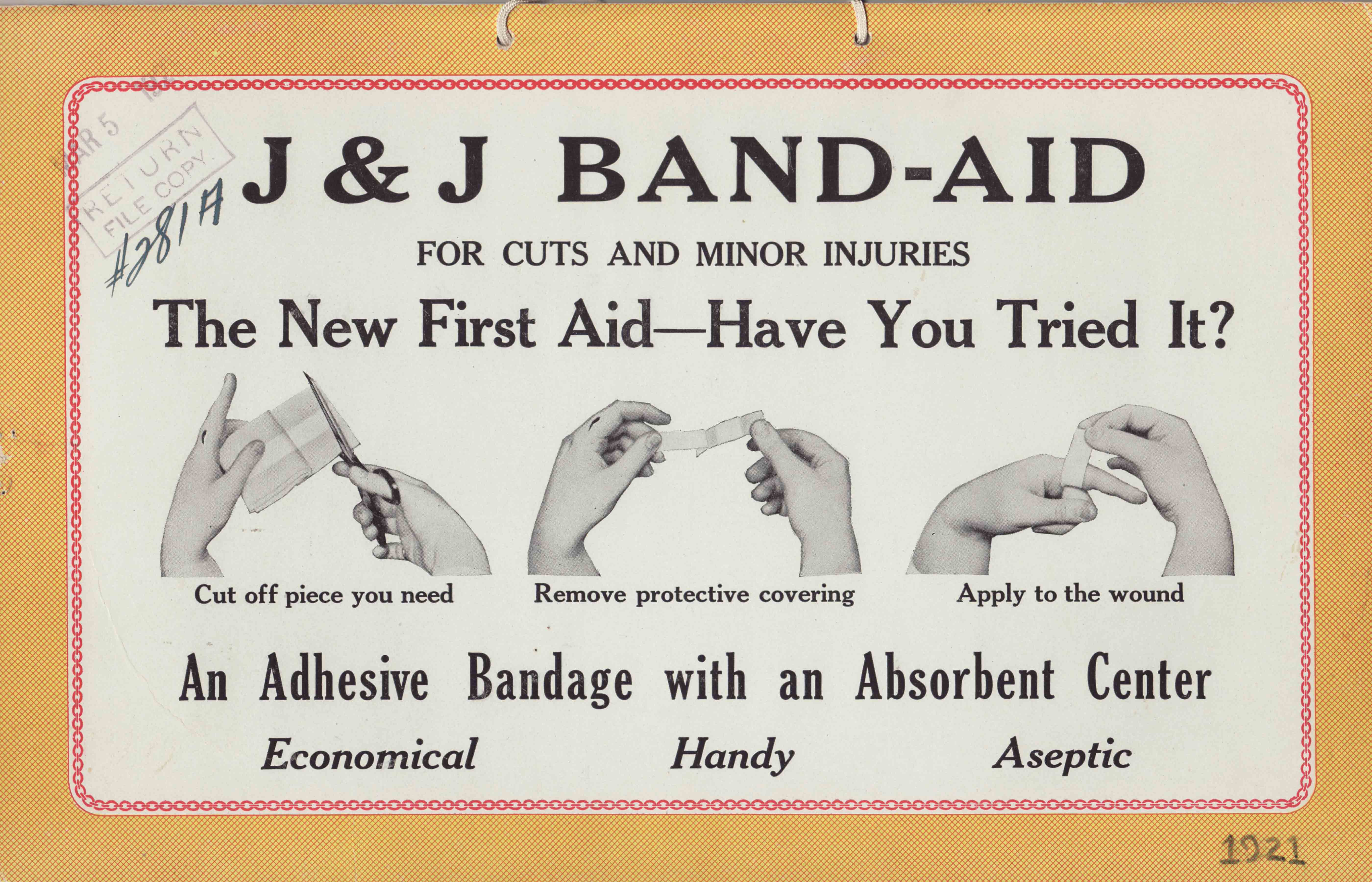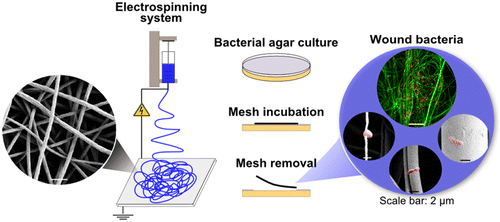
In 1920, Johnson and Johnson employee Earle Dickson created the first bandage to cover the frequent burns and cuts his wife Josephine inflicted on herself while cooking. The hand-made prototype was instantly adopted by his employer and marketed as Band-Aid, a brand that has become synonymous with the word bandage. However, while the adhesive strips may now look different from Dickson's creation they still perform the same job - Prevent bacteria from entering wounds.
What bandages that now come in all shapes, colors, and sizes, are unable to do is protect the body from the germs already present in the wound. However, that may soon be a thing of the past, thanks to a new gauze that not only acts as a barrier between external bacteria and the wound but also, sucks out the ones already present!

The brilliant technology that is still in the early stages of development is being spearheaded by Martina Abirgo, a Ph.D. candidate at the Swinburne University of Technology in Melbourne, Australia. The team began by creating nanofibers using a technique called electrospinning. Used to build artificial tissue it entails pushing polymer out of an electrified nozzle to produce strands that are 100 times thinner than a single human hair. The nanofibers were then interwoven to create the smart bandage.
The mesh was then put to test on the Staphylococcus aureus (Staph), a bacterium known to cause chronic wound infections. The researchers noticed that the germs were immediately drawn to the fibers. What was interesting is that the bandage was most effective when the nanofiber's diameter was the same size as that of the individual bacterium. When the strands were thinner, fewer of the bacteria attached and those that did, died as they tried to wrap themselves around the fiber.

For their second test, the scientists coated the mesh with compounds like acrylic acid and allylamine. They then tested its effectiveness in drawing out the E.coli bacterium that is prevalent in chronic wounds. They found that the bacteria quickly attached themselves to the mesh coated with allylamine regardless of the size of the fiber. However, the E.coli were not at all drawn to the mesh covered with the acrylic acid.
Encouraged by the results, Martina and her team collaborated with scientists from the University of Sheffield in the United Kingdom to conduct similar tests on artificial skin. Though the results are yet to be published, the researchers say that the mesh worked as effectively on the human manufactured living tissue. The smart bandage will now be tested on humans, and if all goes well, patients and doctors will soon be able to peel away harmful bacteria using this ingenious dressing.
Though such a bandage would certainly be real cool for everyday playground scrapes and cuts, the technology is a lifesaver for people with compromised immunity levels. These include patients afflicted with diseases like diabetes and cancer. The researchers believe the technology could also be used to create protective clothing.
Resources:scitation.aip.org,dailymanagementreview.org, iflscience.com, technology,medicaldaily.com